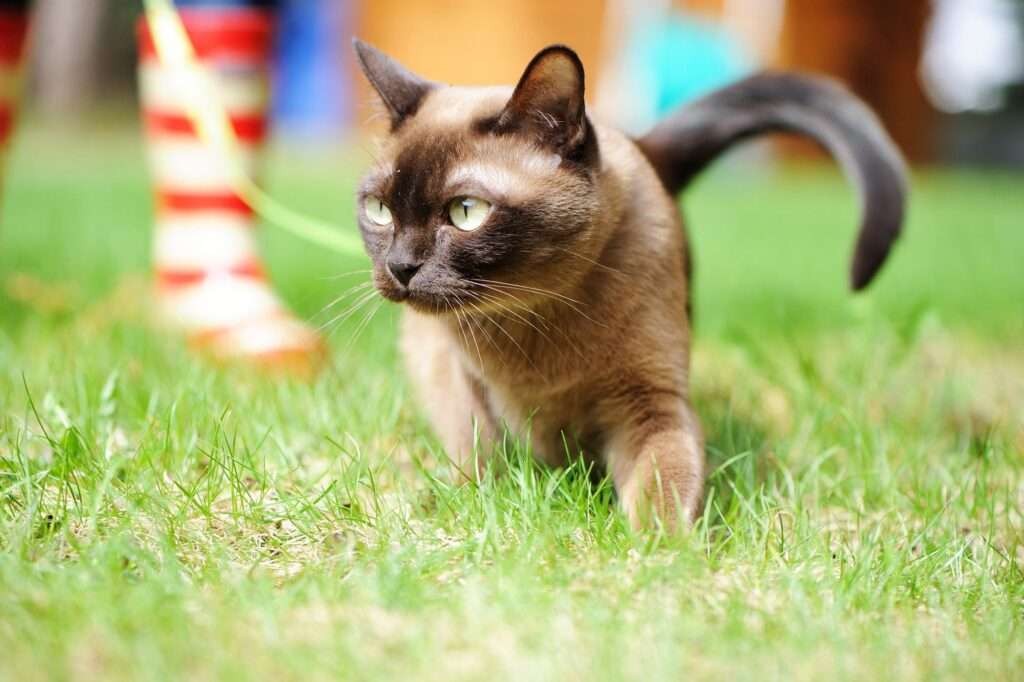
Description
Size: 8-16 pounds
British longhair cats have a lovely, round face, long hair, and a medium stature. This breed has an endearing charm thanks to their big round eyes, endearing facial expressions, and silky coats. These cats have strong bodies beneath all of their fur. The dense, straight coats of British longhair cats stand off from the body to give the impression that they are larger than they actually are. Additionally, they have velvety, thick coats that come in a variety of hues, such as black, lilac, chocolate, or golden. They can also be bi-colored, ticked, or colorpointed. Compared to other longhaired breeds, British longhair cats sweat less, although they do have a dense undercoat.
Origin and History
The short, round-faced, plush-coated British Shorthair has a somewhat recent variation called the British Longhair. Breeders outcrossed to Traditional Persians and Turkish Angoras (among others) in an effort to make the face more rounded and the nose shorter while retaining a thick, luxurious coat. Semi-longhaired kittens were a natural byproduct of these litters, and while they were initially undesired, breeders gradually noticed how gorgeous these cats were and started purposefully breeding for them.
Behavior
Activity Level: low
Social Needs: pets that are gentle and loving for households with young children and frequent visitors
These adorable cats are just as pleasant as their cheery smiles would suggest. British longhair cats are renowned for their patient nature and pleasant, tranquil demeanour. These cats are not readily agitated—some may even describe them as being sluggish! Even though they occasionally act like playful kittens, they are substantially less energetic than most cat breeds, and their activity level decreases as they age. Additionally, they sleep a lot, especially for cats.
As Pet

Nutrition and Feeding
Given their propensity for snacking, British Longhairs should maintain a healthy diet to prevent rapid weight gain. Every cat is different, and each has specific food preferences, aversions, and requirements. Cats, on the other hand, must consume 41 distinct and particular nutrients from their food because they are carnivores. It is not unexpected that a developing, active kitten needs a different balance of nutrients in their food than a less active senior cat because the quantity of these nutrients will vary depending on age, lifestyle, and general health.
Grooming
Before the extremely thick coat develops, the British Longhair will require frequent grooming, even as little kittens, to become used to and enjoy the practice. They’ll make an effort to groom themselves, but it’s unlikely they’ll succeed. After using the loo, inspect their bottoms for filth and the area around their faces for food debris and eye discharge. Remember that your cat may not be trying to brush itself if its coat is greasy, which could be a sign of poor or deteriorating health or excessive weight. British Longhairs benefit from routine immunization, parasite management and an annual veterinary health check, just like all cats do.
Table





